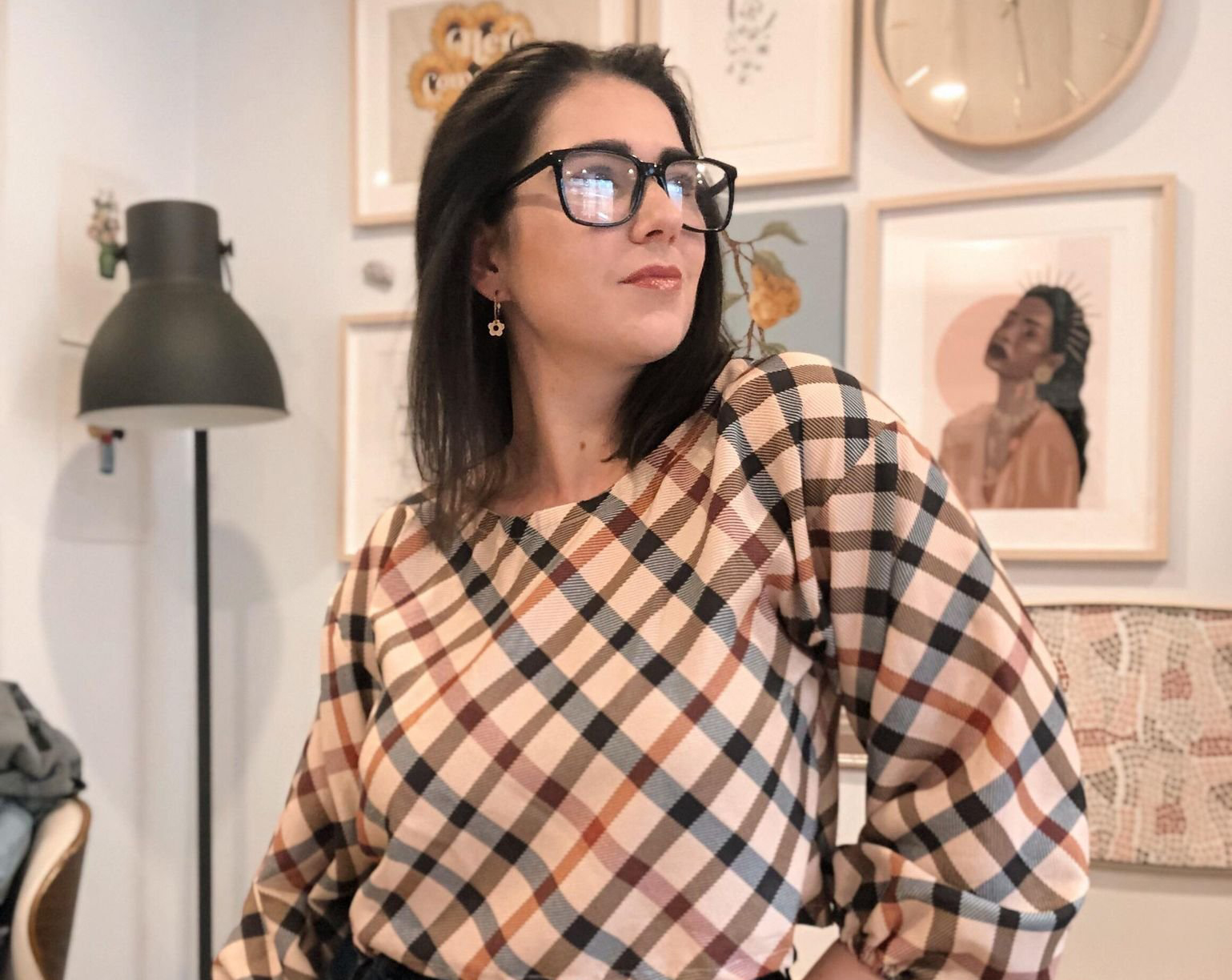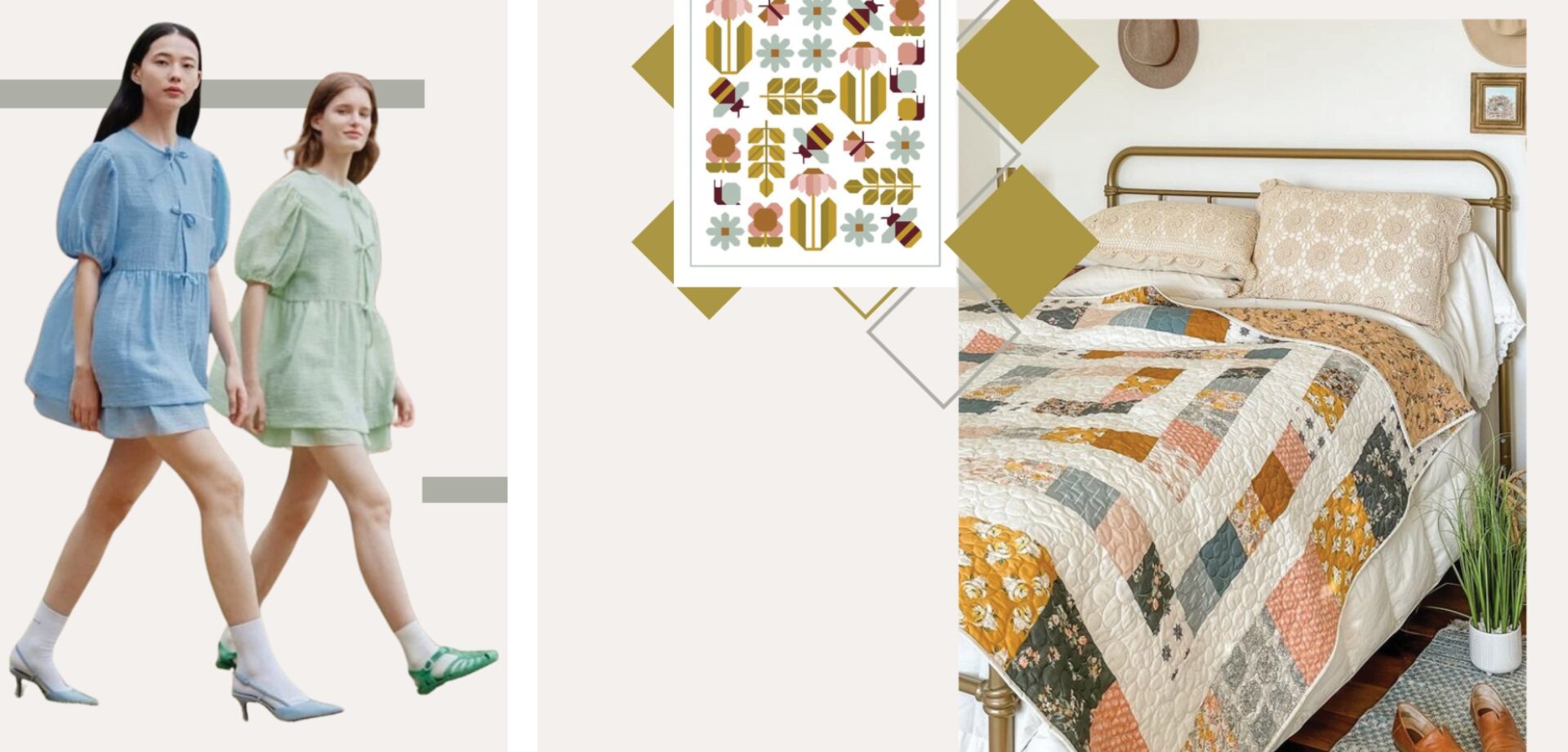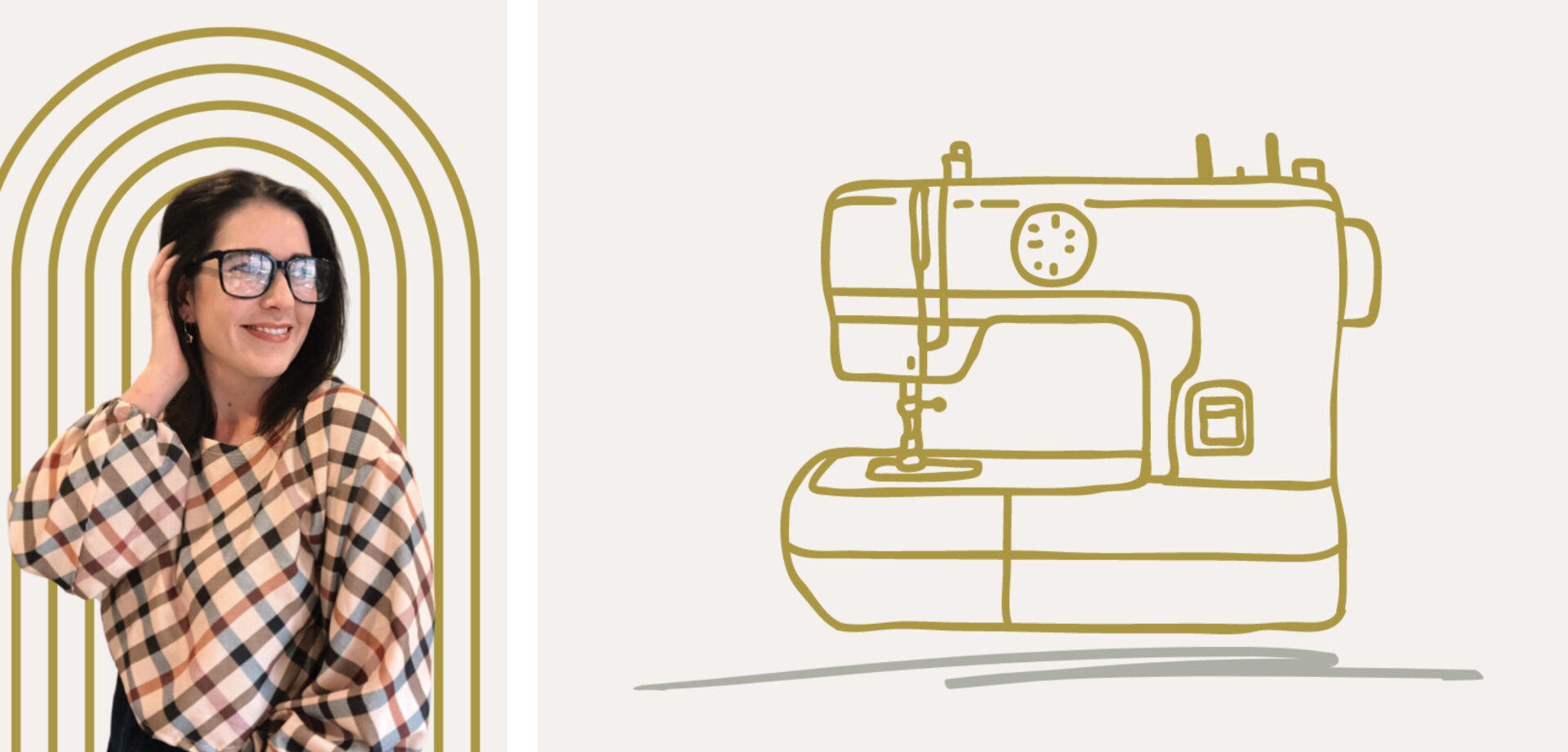
How Sewing Surpassses Generations With Needle And Thread
With over 20 years of sewing experience, Annie Stafford created Ford Wardrobe as a place where new sewers can find simple, easy-to-follow patterns that allow them to build their confidence and knowledge, with each including in-depth illustrations and instructions. She talks to us about the joy of generational sewing.
words and images ANNIE STAFFORD, FORD WARDROBE
Teaching myself to sew at age 9 at the dining room table from a “Teach yourself to sew” book, I never thought I’d end up with such a lifelong passion. Now, nearly twenty years later, it has become my career. So many of us come to sewing through a maternal figure, a grandmother, a mother. Throughout generations, sewing is a way to pass down skills and knowledge, weaving threads of family heritage into the fabric of our daily lives.
This age-old craft goes beyond simple stitches and patterns; it’s about stories told through fabric, lessons shared beside spools of thread, and the invaluable feeling of wearing something handmade. As we thread our needles and choose our fabrics, we’re not just making clothes—we’re making memories, passing on wisdom that has been sewn into our family history for generations. Join me as we explore how sewing binds us to our past and stitches a path to self-sufficiency and creativity, ensuring that these cherished skills continue to enrich our lives and those of future generations.
Sewing is a skill
Long before the convenience of department stores and mass-manufactured garments, sewing was a fundamental skill integral to everyday life. Historically, sewing was not merely a means of creating clothing; it was essential for trade and survival. In many cultures, the ability to stitch and mend was a valuable asset, often used to barter for other necessities such as food or shelter. Families passed down this craft from one generation to the next, not only to continue the tradition but also because of its practical benefits in their communities.
For instance, a well-made quilt could serve as a dowry, a beautifully embroidered garment might be traded for goods or services, and essential sewing skills were often a woman’s contribution to the household economy. These activities cemented the role of sewing in maintaining the economic stability of families and communities, showcasing its importance beyond mere fabric and thread.
Helpful Hint: To connect with this rich history, try incorporating traditional patterns or techniques into your sewing projects. This not only honours the legacy of the craft but also revives historic patterns that carry the stories and skills of sewers from ages past.

Sewing is a connection
Sewing has long been a thread that connects generations, serving as both a practical skill and a medium for bonding. In many families, sewing sessions are a cherished ritual, where knowledge and stories flow as freely as the thread through fabric. These moments spent together around the sewing table become a conduit for passing down wisdom, life lessons, and family anecdotes that might otherwise go untold. Whether it’s a mother teaching her child how to stitch their first button, or a grandparent guiding tiny hands through their first embroidery, each stitch contributes to a tapestry of family history.
This tradition of sharing skills not only preserves the technical know-how of sewing but also strengthens the emotional bonds between family members. It transforms sewing from a solitary activity into an enriching experience that nurtures relationships and fosters a sense of belonging and achievement. The shared successes and even the occasional mishaps become memories that enrich the family narrative.
Helpful Hint: To make these sewing sessions more engaging and memorable, consider working on a collaborative project, like a family quilt or customised clothing for a special occasion. This not only makes the learning process fun but also gives everyone a tangible keepsake that embodies their collective effort and love.
READ MORE: Stitch, Please! Dabbling With Embroidery and Creative Connections
Sewing is legacy
Sewing equips individuals with the skills necessary to not only create but also maintain their own wardrobe, fostering a sense of independence and self-sufficiency. In today’s world, where fast fashion dominates and clothing is often viewed as disposable, knowing how to sew allows one to step away from the consumer cycle. It empowers people to repair damaged clothing, alter ill-fitting items, or even construct entirely new garments from scratch. This autonomy can lead to significant cost savings, reducing the need to purchase new clothes for every season or occasion.
Moreover, sewing encourages a deeper appreciation for the craftsmanship involved in clothing creation, promoting thoughtful consumption and greater care for one’s belongings. By understanding the effort and resources required to produce a single piece of clothing, individuals are more likely to value their garments, leading to a more sustainable lifestyle overall. This knowledge is crucial as it teaches us to be resourceful and adaptable, qualities that extend beyond the sewing room into other areas of life.
Helpful Hint: Start small by learning basic repair skills, such as sewing buttons, fixing seams, and patching holes. These simple tasks can significantly extend the life of your clothing and gradually build your confidence to take on more complex sewing projects.
Final thoughts
Sewing, as we’ve explored, is more than just a craft; it’s a bridge connecting past and present, a tool for economic independence, and a conduit for cherished family bonds. This timeless skill, passed down through generations, offers more than just the ability to create and mend—it fosters a deep-rooted sense of accomplishment and belonging. By embracing sewing, we keep alive the traditions that shaped our ancestors’ lives, while equipping ourselves and future generations with the tools needed for a more sustainable and thoughtful approach to consumption.
As we thread our needles and piece together fabrics, we do more than just sew; we weave the fabric of our family stories into each garment and project. Whether it’s through reviving historic sewing techniques, sharing moments of creativity with loved ones, or cultivating self-sufficiency, each stitch is a step towards preserving a legacy of resourcefulness and resilience. I encourage you to pick up a needle and thread, pass on the knowledge, and continue the beautiful tradition of generational sewing in your own family.
Let’s cherish these skills and the stories they tell, ensuring they are not lost but rather treasured and built upon by each new generation.



